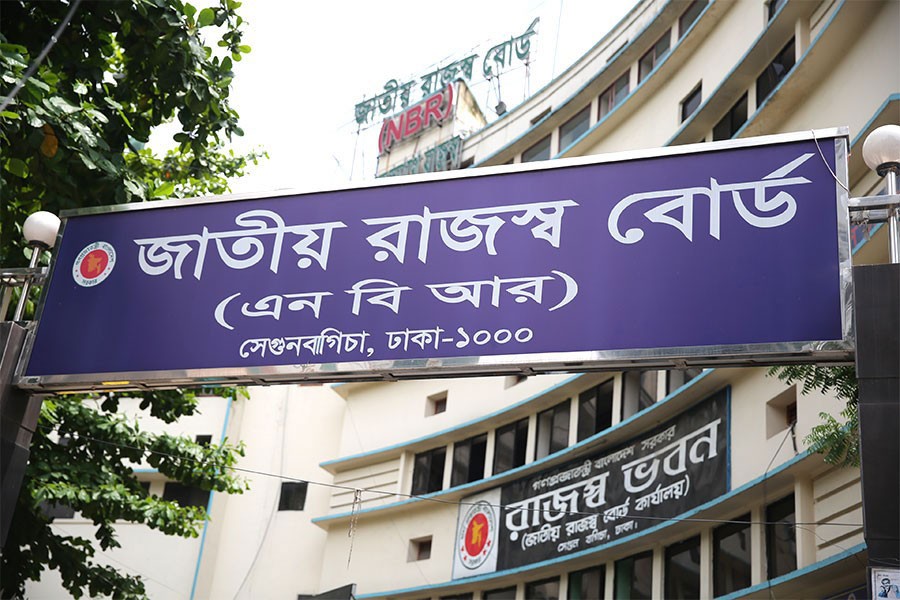Registered individual taxpayers in Bangladesh have swelled sevenfold in the last one decade while tax department lies shorthanded with its age-old setup, thus leaving much of potential revenue unnoticed.
Existing tax offices with 31 income-tax zones across the country was designed to serve and monitor 1.1 million individual taxpayers as of 2011, when the last expansion of its net took place, according to data available with the National Board of Revenue (NBR).
Registered income taxpayers having taxpayer-identification number (TIN) climbed over 8.0 million in 2022, as per count until April, in the process of growth.
Tax offices with scarcity of manpower, infrastructure, and logistics are struggling to manage huge tax files and provide services to the taxpayers, field-level tax officials say.
During the last expansion of income-tax department in 2011, each of the tax zones was assigned to serve 50,000 to 60,000 taxpayers on average.
According to field-level data, Khulna tax office is now assigned to monitor 0.7 million taxpayers alone.
On average, each of the tax zones has to monitor and supervise around 242,000 individual taxpayers.
Field-level tax officials find it difficult with the decade-old setup and insufficient tax offices to do the mammoth tasks while many of the upazilas and other growth centres go unnoticed.
The number of corporate taxpayers also remained poor as only 30,000 corporate returns were submitted last year, out of 175,000 companies registered with the income-tax wing of the revenue board.
Less than a third or 2.5 million individual taxpayers submitted their tax returns out of 7.5 million TIN holders last year.
Following the scarcity, the income-tax wing prepared an expansion plan to set up a total of 55 tax zones, an intelligence wing, e-tax management unit, international tax unit and specialized tax zone to monitor tax-deducted-at-source (TDS) collection.
A senior official of a tax zone, involved with the expansion-plan drafting, says the number of requisite tax zones could have been 200 in the expansion proposal as per estimation in 2011 expansion plan.
"We have conducted a conservative estimate as tax department started automating taxpayers' services," he adds.
He says concealment of actual income is a common trend worldwide and actual tax cannot be collected without supervision.
The country spends Tk 0.66 to collect Tk 100 in tax, the lowest in the world, he says quoting NBR data.
The income-tax wing has no intelligence wing to investigate income tax-related offences like other two departments--VAT and customs.
In the expansion plan, the taxmen have proposed an increase in manpower in the tax-appeal zone running with only nine officials.
The revenue authority has sought an additional 290 tax circles in upazila and growth centres and a total of 19,477 personnel to raise the number from existing 8.932.
The tax officials' proposal on expansion has been submitted to the ministry of public administration for clearance.
The government has a target to increase share of direct tax to 45 per cent in the next one decade from existing 33 per cent.
Bangladesh needs to achieve at least 18-per cent growth in tax revenue collection to meet Tax-GDP ratio targeted at 16.01 per cent according to the Bangladesh Perspective Plan 2020.
Currently, the country's tax-GDP ratio is below 8.0 per cent.
In the 1972-73 fiscal year, income-tax collection was Tk 107 million that reached Tk 1.0-trillion mark last financial year.
And the share of direct tax has jumped four times to 34 per cent in the last five decades.
The share of direct tax was only 9.72 per cent in 1972-73 that increased to 13.79 per cent in 1980-81, 20.03 per cent in 1990-91, 19.44 per cent in 2000-2001 and 28.09 per cent in 2009-2010, according to NBR data.


